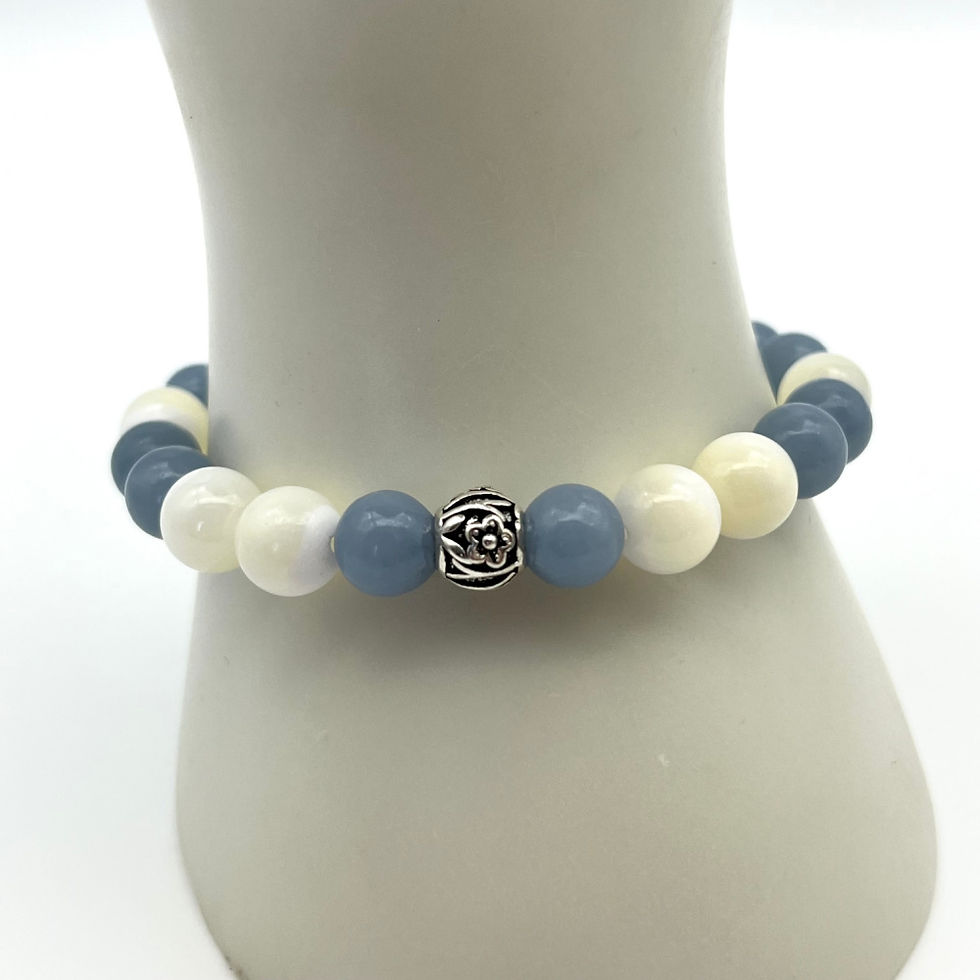collaborative guest post
Living in a home that has become uncomfortable, unsafe, and no longer meets their needs or abilities is one of the most common problems people face, including your friends and neighbours.
This does not have to be the case! Homes can be updated, often in simple and low-cost ways, to make them more accessible to all residents. Simple, do-it-yourself home improvements can go a long way toward keeping someone safe and comfortable in their home. Here we'll discuss five home security projects to consider adding to your to-do list.

What is Home Improvement?
The process of renovating or adding improvements to one's home is referred to as home improvement, home renovation, or remodeling. Home improvement projects can include projects to upgrade an existing home's interior, such as electrical, plumbing and air conditioning, the exterior (masonry, concrete, siding, and roofing), or other improvements to the property (for example, garden work or garage maintenance/additions).
Home improvement projects can be undertaken for a variety of reasons, including personal preference and comfort, maintenance or repair work, making a home larger by adding rooms/spaces, saving energy, or improving safety. It may be as simple as swapping out your current floor for new Parquet Flooring.
Home safety entails inspecting the home environment for hidden dangers that may increase the risk of injury or even death. Slips and falls, house fires, carbon monoxide poisoning, accidental burns, and other injuries are all possible in the home.
Besides, your family's safety and well-being will always be a priority if you own your home. This is why, in addition to investing in routine maintenance, it is critical to look for opportunities to upgrade your home security and improve safety and well-being for everyone.
Home improvements can also include touches of luxury here and there to make our home more comfortable. Items like smart appliances can make a big difference to the quality of your home.
Window Protection
According to Dr. Ben Stickle, a theft expert, windows are "a common entry point for criminals" and may have been left shut but unlocked by the previous homeowner. Furthermore, manufacturer latches on windows aren't always effective — and can be downright flimsy at times.
If you don't like the look of your window latches, you can improve security by installing aftermarket window locks or key-operated levers. However, you do not have to stop there. It's a good idea to contact home security near me to assist you in fully securing your home.
Here are some good suggestions for making your windows burglar-proof.
Window security film can be used to reinforce glass.
Install glass break sensors in your windows.
Install window bars.
Plant prickly bushes beneath the first-floor windows (but ensure to trim them regularly).
Strong Doors
Don't assist a burglar in breaking in through the front door (34% of them do!). Inspect all of your exterior doors to ensure that the door frames are sturdy, the hinges are secure, and that no one can reach through the mail slot to unlock the door.
Change the door locks if you're moving into a previously occupied house by someone else. That way, no strangers will have access to your home, and you can ensure that your locks are the best on the market.
We recommend some quick fixes to help you shore up these critical entryways:
Put in a deadbolt.
Install a strike plate.
Install smart locks.
Use a video doorbell to increase security.
Install Sensors
The technology underlying home security systems have evolved dramatically over the last decade. Almost all security systems are wireless and may also function as home automation systems, giving you more bang for your buck.
Thanks to smartphones and touch-screen displays, they're also much easier to use now. Installing sensors in your home doesn't have to be a difficult task; it's usually as simple as peeling a sticker and sticking the sensor to almost any surface. However, finding the ideal location for each sensor is necessary to ensure that the sensor is as effective as possible.
Smoke Detectors
A smoke detector is essential for the early detection of a fire in your home and can mean the difference between life and death. Fires can start in any room of your house and in a variety of ways. But, regardless of where or how, having a smoke alarm is the first critical step toward ensuring the safety of your family. Every year, approximately 2,000 people are killed in residential fires in the United States.
Smoke and lethal gases tend to spread farther and faster than heat in a fire. That is one of the reasons why most fire victims die from inhaling smoke and toxic gases rather than from burns. The majority of fatal fires occur while families are sleeping because occupants are unaware of the fire until there is insufficient time to extinguish it.
A smoke alarm keeps watch around the clock and sounds a shrill alarm when it detects smoke. This frequently provides a family with the valuable but limited time needed to escape. Smoke alarms increase your family's chances of survival in the event of a fire, so it goes without saying that you should have several.
Speaking of smart smoke detectors, if you equip your home with smart appliances or accessories, you may be eligible for a discount on your homeowner's insurance. Feel free to compare home insurance quotes to know if you're eligible for these extra savings.
Siding
Your home's siding serves an important function. It, like insulation, helps to shield and insulate the home from the harsh elements of the weather. Insulation must keep insects, dirt, and moisture from the space between itself and the walls.
Moisture is always the most of concern all year. Mold and mildew can grow if insulation becomes trapped inside the walls. It can also cause structural damage to a home by bowing or warping any of the foundation's components. The siding also prevents water and debris from entering your home's walls and insulation, reducing the possibility of moisture build-up.
Water will almost certainly find its way into the frame of your home if your siding fails. Moisture trapped there can cause rotting of the wood, mold growth, and other interior damage. This can lead to more significant issues with the interior walls in the future.
In addition, the siding can act as a barrier against insects and other extreme weather conditions. By installing siding on your home, you can help to ensure that the interior of your home is properly protected. It can aid in the preservation of infrastructure, which can deteriorate due to environmental wear and tear. In the long run, timely siding replacements and repairs can save you money on repair bills.
Safety First
Whatever project you are considering, keep in mind that your primary residence is more than just a house; it is your home. If you intend to live there for a long time, include amenities that you want regardless of their impact on resale.
When it comes time to sell, do the basics to bring the property up to code for the neighbourhood and add some curb appeal, but don't bother with a wide range of projects solely to increase the property's purchase price.
Custom upgrades may appeal to you more than to potential buyers. It's best to keep renovations small, neutral in appearance, and focused on improving your home's functionality.








.png)





































